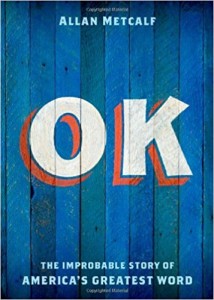The-Truth-About Business Blog Titles

The table of contents in Time’s special edition “The Science of Exercise” lists seventeen different articles, all of which sounded interesting enough to induce me to take the magazine off the display and add it to my shopping cart. And the articles did turn out to be interesting, every page worth a read by anyone interested in physical wellbeing. But, as a blog content writer, I was interested in not only the articles, but in the table of contents. Why had I found some of the titles more intriguing than others, tempting me to read certain articles first?
There were titles with an “agenda”, where you knew the writer’s point of view before reading the article, such as:
- “The Incredible Medicine of Movement”
- “How Exercise Keeps You Young”
There were emotional “grabber” titles, such as:
- “When Athletes Beat the Odds”
- “Confessions of a Couch Potato”
There were how-to titles, including:
- “How to Beat Muscle Pain”
- “How to Exercise When You Have No Time”
And then there were “the Truth About” titles. You may have chosen otherwise, but for me, these Truth-Abouts were the most compelling. In “The Truth About Weight Loss”, titles, there was a hint of mystery, a promise an expose, perhaps – I was going to be given the “real scoop”… I suppose there’s something enticing about a title promising to “bare the truth”, especially when it concerns a topic on which we didn’t expect there to be any secrets to speak of.
In a business blog (or practitioner’s blog) “Truth-About” blog posts can be used in three basic ways:
- To de- mystify, offering information that makes your blog a “go-to” source for readers.
- To myth-bust, addressing misunderstandings about a product or service
- To offer actionable steps readers can take
In AuthorMedia.com, Thomas Umstattd advises authors to use the title to describe not the content of the article, but the value readers can expect to find in the content, making a case for why readers ought to even bother reading on.
Those three words – “The Truth About” constitute a promise of value when used in the title of a blog post. What will you tell your readers the truth about?





Follow us online!